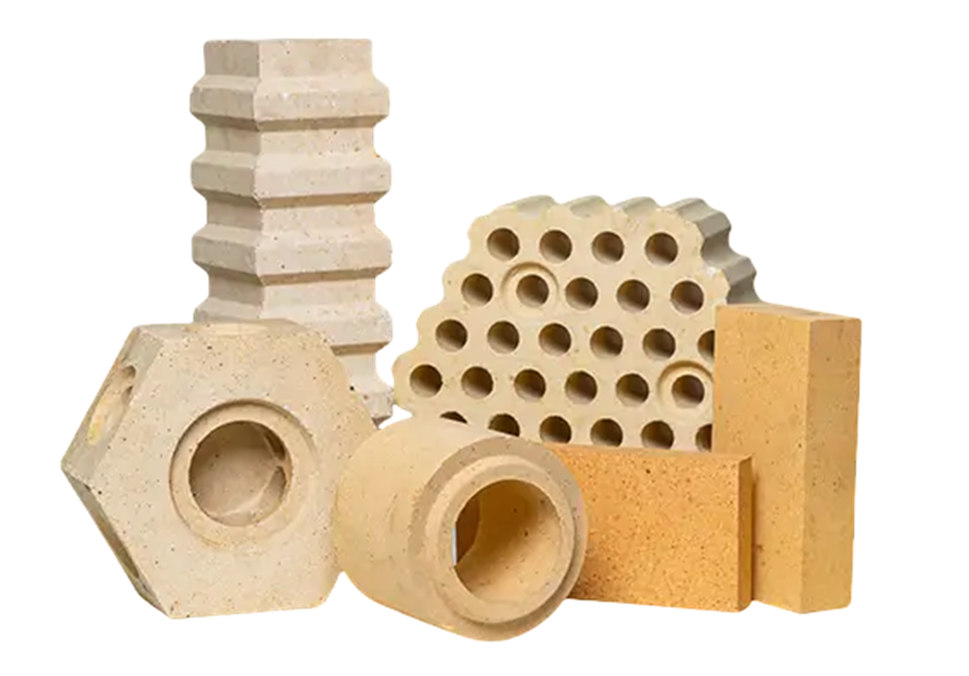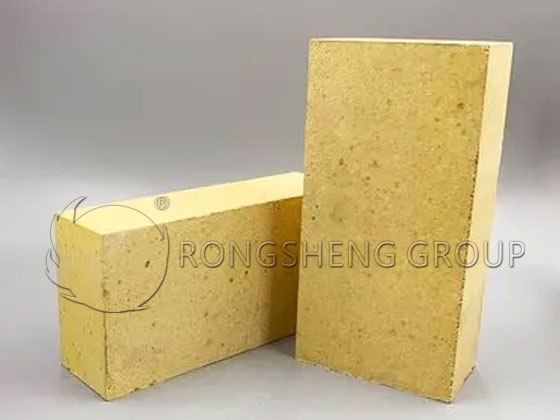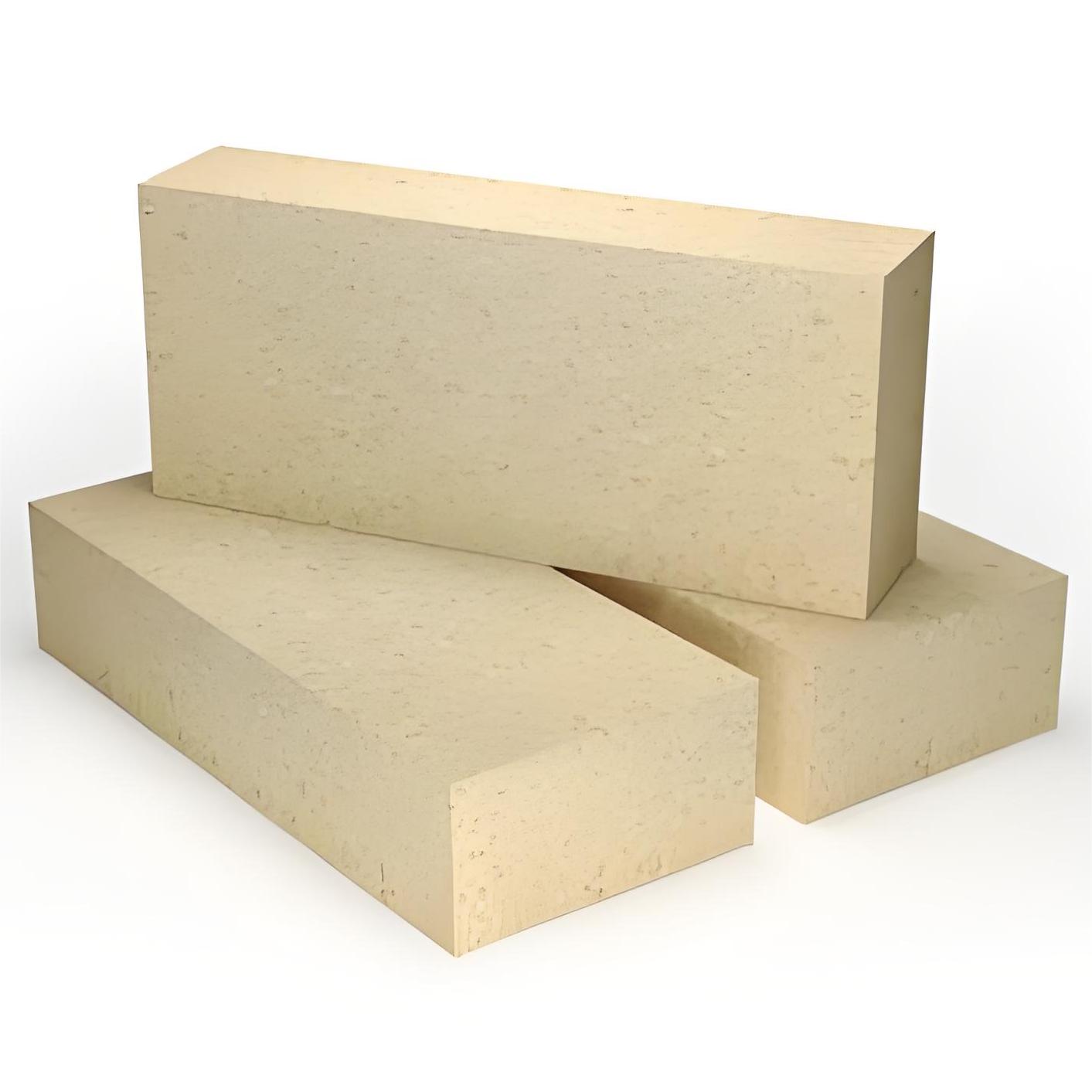
In the realm of high-temperature industrial applications, selecting high-quality refractory bricks is often underestimated, yet it remains a pivotal decision that directly affects operational efficiency and cost effectiveness. Among leading options, Zhengzhou Rongsheng Refractories Co., Ltd. offers high-alumina refractory bricks with alumina content ranging from 48% up to 80%, engineered to meet rigorous demands of extreme environments.
When sourcing refractory bricks, several critical factors should be thoroughly evaluated: thermal stability under fluctuating temperatures, low thermal conductivity to optimize energy conservation, and robust chemical corrosion resistance to extend service life. These parameters not only reduce downtime but also minimize replacement frequency, leading to significant savings in total cost of ownership.
However, what sets reliable suppliers apart is not just material specs, but their capacity for customized solutions and ongoing technical support, ensuring the product aligns perfectly with your unique operating conditions.
Boasting an annual production capacity of approximately 130,000 tons and a global footprint servicing over 70 countries, Rongsheng's refractory bricks conform to stringent international standards and certifications. Below is an overview of their core technical advantages:
| Feature | Specification / Range | Benefit |
|---|---|---|
| Alumina Content | 48% - 80% | Enhanced structural integrity at elevated temperatures |
| Thermal Stability | Stable up to 1750°C | Minimizes deformation and cracking in continuous operation |
| Thermal Conductivity | Low thermal conductivity (~1.5 W/m·K at 1000°C) | Improves furnace energy efficiency and heat retention |
| Chemical Corrosion Resistance | Resistant to slag, acid, and alkali attack | Prolongs service life and reduces maintenance costs |
These technical features translate to tangible advantages on your production floor. For example, lower thermal conductivity curbs energy losses, directly reducing fuel consumption. Stable alumina structures prevent premature wear, translating into fewer unscheduled shutdowns. Notably, superior chemical corrosion resistance mitigates damage from industrial slags, critical for steel, cement, and glass manufacturing processes.
One illustrative case involved a Southeast Asian steel producer struggling with refractory degradation from acidic slag attacks, leading to active downtime exceeding 15% annually. After switching to Rongsheng's high-alumina bricks customized to their furnace parameters, the client observed a 40% increase in brick lifespan and a 12% reduction in energy expenditure within six months.

Rongsheng distinguishes itself with comprehensive customization capabilities — adapting brick dimensions, alumina content, and formulation to suit different furnace designs and thermal cycles. Plus, their engineering team offers technical consulting, from initial installation guidance to troubleshooting, ensuring optimal performance throughout the lifecycle.
This holistic approach enables enterprises to minimize raw material waste, improve maintenance scheduling, and foster sustainability by extending equipment uptime.

Summarizing the compelling reasons:

As the market grows increasingly competitive, overlooking material integrity and supplier capabilities can be costly. Rongsheng’s high-alumina refractory bricks have proven to elevate production resilience, lower total operating expenses, and optimize thermal processes across industries like metallurgy, cement production, and glassmaking.
Have you encountered challenges with refractory materials in your operations? Share your scenarios with us — we can provide 3 customized case studies from similar industries to help you make an informed decision.





